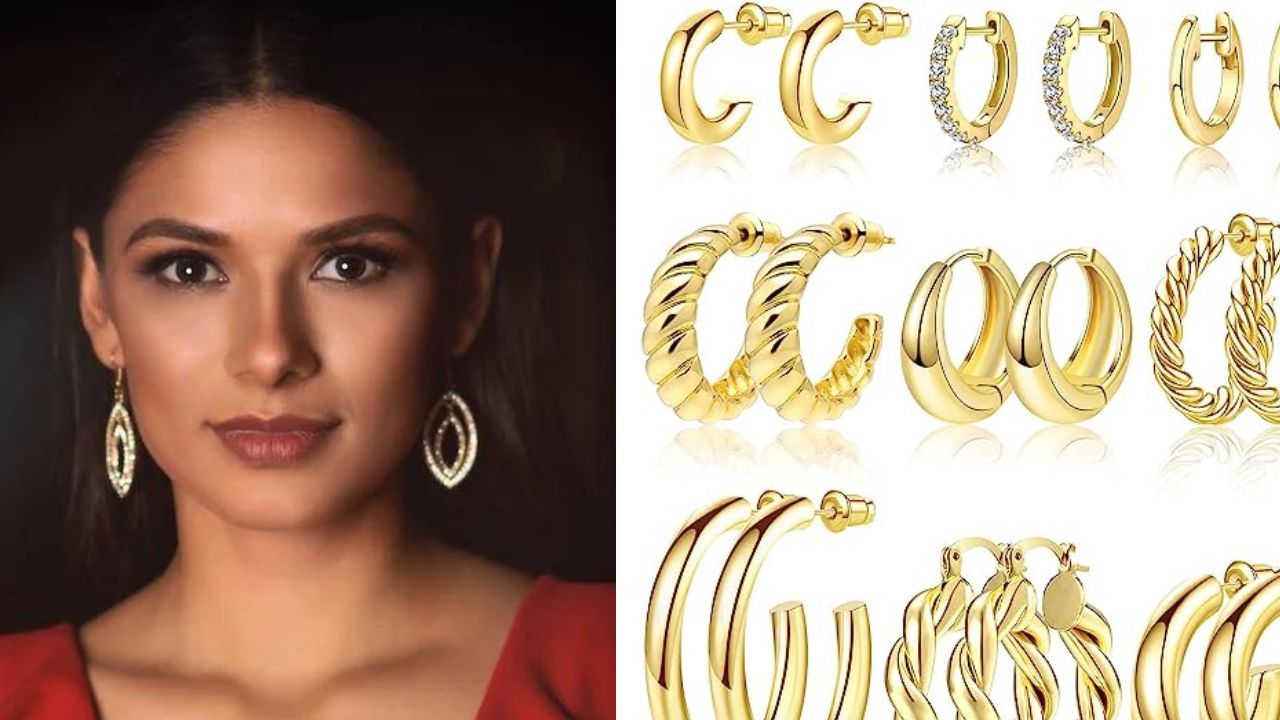Unveiling the Enigma: How Non-Tarnish Jewelry Defies Time
Non-tarnish jewelry preserves its brilliance, its allure, and its profound connection to the wearer's journey. Read to see how!

In the realm of jewelry, where beauty meets the ever-marching beat of time, one revolutionary concept has emerged to challenge the inevitability of tarnish – non-tarnish jewelry. But how does this captivating alchemy actually work? Join us on an exploration into the depths of science, craftsmanship, and innovation to uncover the secrets behind the enchanting endurance of non-tarnish jewelry.
The Battle Against Tarnish: A Primer
Before diving into the intricacies of non-tarnish jewelry, it's essential to understand its nemesis – tarnish. Tarnishing occurs when metal reacts with elements in its environment, such as oxygen or sulfur compounds, resulting in a gradual darkening or discoloration. Traditional jewelry made from materials like silver or brass is susceptible to this chemical reaction, leading to the fading of its original gleam over time.
Enter the Hero: Non-Tarnish Jewelry
Non-tarnish jewelry emerges as the valiant hero, fortified against the forces of tarnish by a combination of innovative techniques and carefully chosen materials. The magic begins with the selection of base metals like stainless steel, sterling silver, or specialized alloys. These metals serve as the foundation, lending durability and structure to the pieces.
Shielding Beauty: The Power of Plating
But what truly sets non-tarnish jewelry apart is its plating. This process involves depositing a thin layer of a precious metal onto the surface of the base metal. Common plating materials include gold, rhodium, and platinum, each chosen for their unique properties and aesthetics. This plating serves as a protective shield, creating a barrier that prevents the base metal from coming into direct contact with elements that cause tarnishing.
Science Meets Style: The Art of Crafting
The plating process is a delicate dance of science and art. It requires precision to ensure an even and consistent layer that adheres flawlessly to the base metal. Once plated, the jewelry takes on the luxurious appearance of the precious metal, whether it's the warm glow of gold or the icy brilliance of rhodium.
The Symphony of Sustainability
Beyond their dazzling aesthetics and resistance to tarnish, non-tarnish jewelry often embodies an ethos of sustainability. Many pieces are crafted from recycled materials, aligning with the growing global consciousness toward responsible consumption. This makes adorning oneself with non-tarnish jewelry not only a fashion statement but a conscious choice to minimize environmental impact.
Embrace the Timeless Brilliance
In a world where trends come and go like fleeting gusts of wind, non-tarnish jewelry offers a promise that transcends the ephemeral. It's a celebration of enduring beauty, where each piece tells a story of resilience against the inexorable march of time. From delicate necklaces to statement rings, these adornments stand as radiant reminders that true elegance need not wane with the passing years.
So, as you fasten that non-tarnish bracelet around your wrist or admire the luster of your non-tarnish earrings, remember that you're not just wearing jewelry; you're adorning yourself with a marvel of modern craftsmanship. And if you do not know which non- tarnish jewelry to get then click the button below to see what we have chosen just for you!

